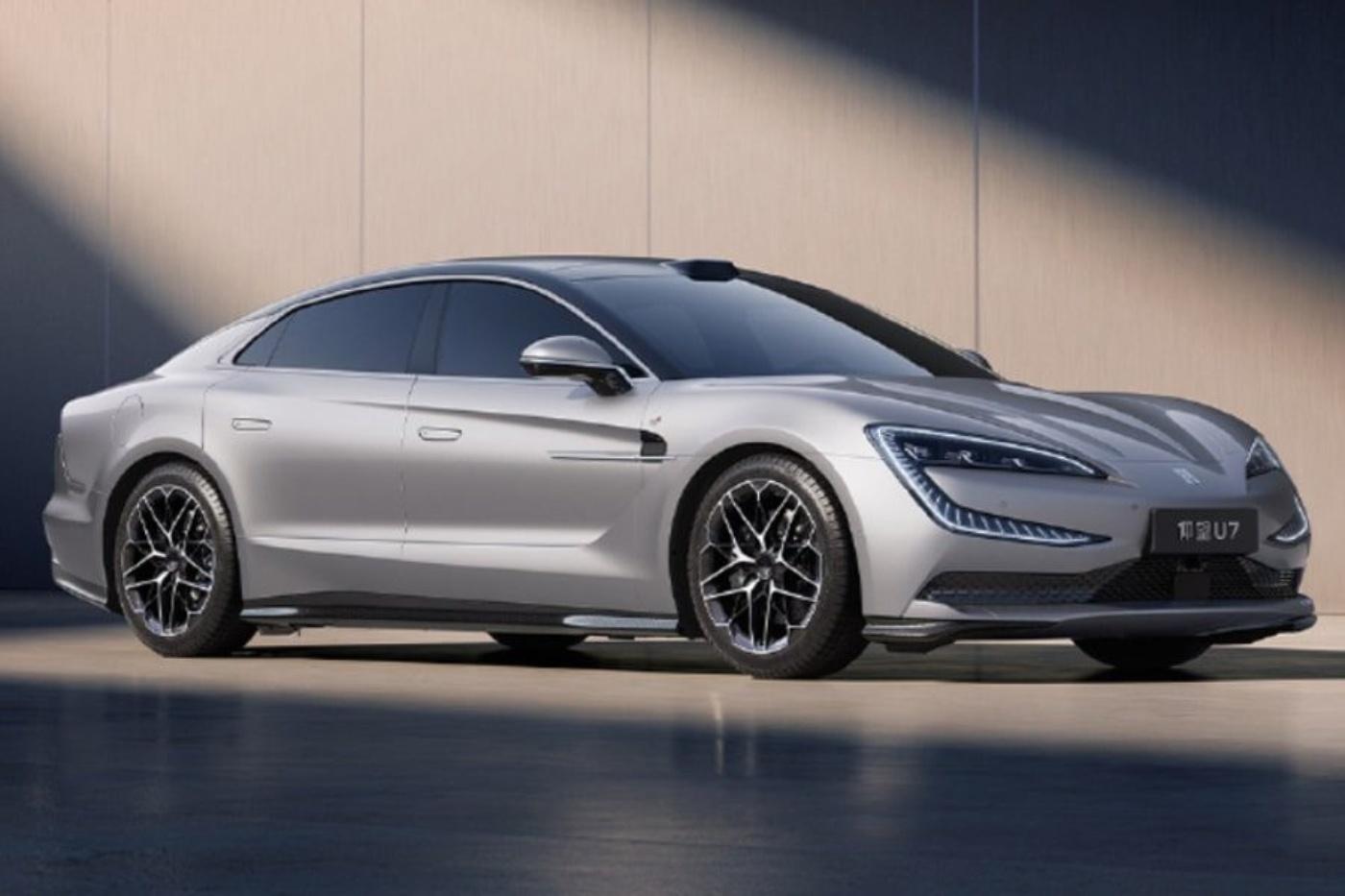







Weekly update
"Mobility Guide" guideline, EU Charging Station Rules, BYD, Carbon Farming Germany, E.ON, Airbus, StoreDot, Nio
Post from 19.01.2024
- IAA MOBILITY Weekly
- A new "Mobility Guide" guideline, EU Charging Station Rules, BYD, Carbon Farming Germany, E.ON, Airbus, StoreDot ility Guide" guideline, upcoming charging station regulations in the EU from April 2024, an e-mobility testing center for fast charging solutions, the world's first process for generating CO2-negative biofuels, Airbus's inaugural hydrogen-electric propulsion system, fast-charging battery cells from StoreDot, and BYD as the latest automotive partner — these are our highlights for the third week of the year.

A new "Mobility Guide" guideline, upcoming charging station regulations in the EU from April 2024, an e-mobility testing center for fast charging solutions, the world's first process for generating CO2-negative biofuels, Airbus's inaugural hydrogen-electric propulsion system, fast-charging battery cells from StoreDot, and BYD as the latest automotive partner — these are our highlights for the third week of the year.
A new "Mobility Guide" guideline, upcoming charging station regulations in the EU from April 2024, an e-mobility testing center for fast charging solutions, the world's first process for generating CO2-negative biofuels, Airbus's inaugural hydrogen-electric propulsion system, fast-charging battery cells from StoreDot, and BYD as the latest automotive partner — these are our highlights for the third week of the year.
- 1. ALD Automotive and LeasePlan have released a "Mobility Guide" guideline.
- 2. New EU Regulations for charging stations starting April 2024
- 3. BYD becomes mobility partner for the european football championship in Germany and plans billion-dollar investments in smart vehicles
- 4. A Berlin-based company has developed the world's first method for generating CO2-negative biofuel.
- 5. E.ON opens e-mobility testing center for fast charging solutions
- 6. Airbus aims to enable emission-free flying using hydrogen technology by 2035 and has successfully completed its first hydrogen-electric propulsion system
- 7. StoreDot is developing fast-charging battery cells designed for direct integration into battery packs.
- 8. Introduction of new models and platforms
ALD Automotive and LeasePlan released a new "Mobility Guide" guideline that provides a comprehensive overview of the global state of electric mobility. The report compares different countries in terms of their progress and challenges in electric mobility. The findings reveal that the sales growth of electric vehicles in 2022 and the first half of 2023 has accelerated in comparison with previous years. However, manufacturers and users face various challenges and uncertainties in this regard. The question is no longer, whether electrification will happen but how quick, according to the study's initiators. In many countries, the total operating costs of electric vehicles have improved compared to conventional vehicles.
Among the 46 countries examined in the guideline, eleven are classified as "developed," indicating a strong presence of electric vehicles and favorable conditions for further electrification. All eleven of these countries are in Europe, particularly in the western and northern regions. Norway (with a score of 81), Austria (with a score of 69), and the Netherlands (with a score of 68) are the countries best prepared for electric vehicles. Currently, Germany ranks 9th (with 60 points) in overall electric mobility readiness among the top eleven "developed" countries.
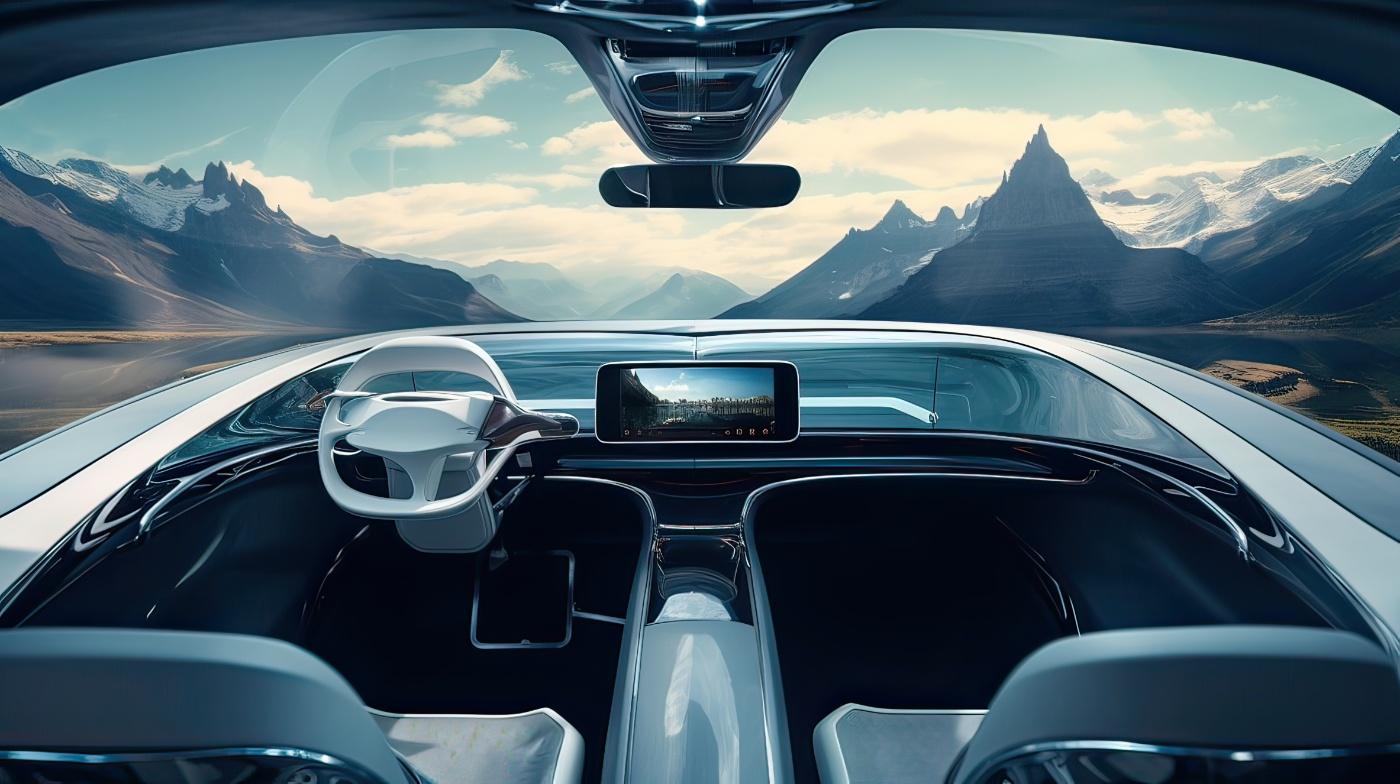

The Chinese electric vehicle manufacturer BYD is set to become the official mobility partner of the 2024 European Football Championship in Germany. During the tournament, the company will showcase its current electric models at all venues and provide electric vehicles as transportation for officials. Live-view and fan events will be organized at BYD dealerships throughout Europe. Additionally, BYD announced this week its plans to invest 100 billion yuan (12.9 billion euros) in the development of smart vehicles and launch its brand 'Denza' in Europe. The brands Yangwang and Cheng Bao may also enter the European market, possibly with different names.
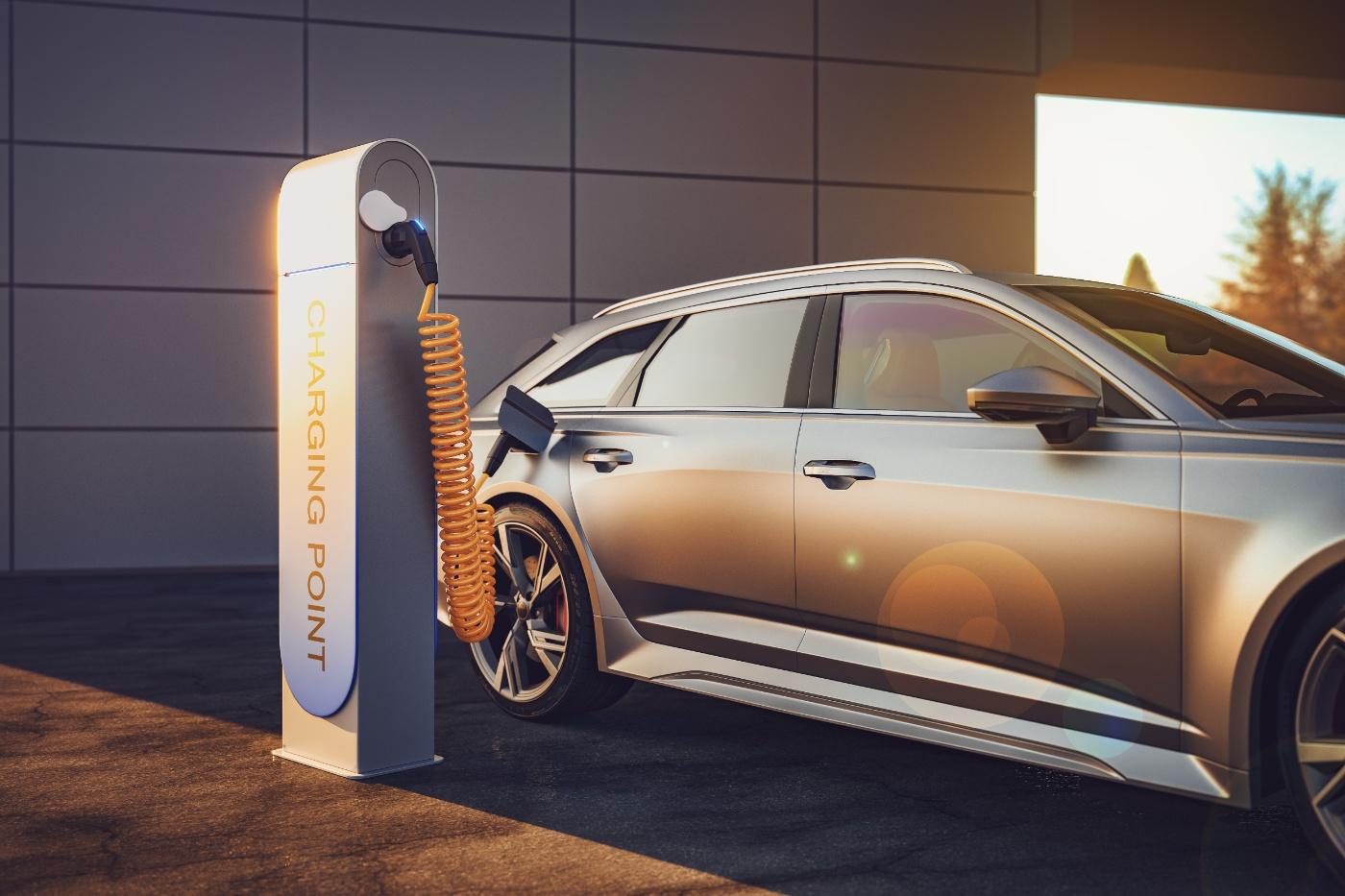

The Chinese electric vehicle manufacturer BYD is set to become the official mobility partner of the 2024 European Football Championship in Germany. During the tournament, the company will showcase its current electric models at all venues and provide electric vehicles as transportation for officials. Live-view and fan events will be organized at BYD dealerships throughout Europe. Additionally, BYD announced this week its plans to invest 100 billion yuan (12.9 billion euros) in the development of smart vehicles and launch its brand 'Denza' in Europe. The brands Yangwang and Cheng Bao may also enter the European market, possibly with different names.
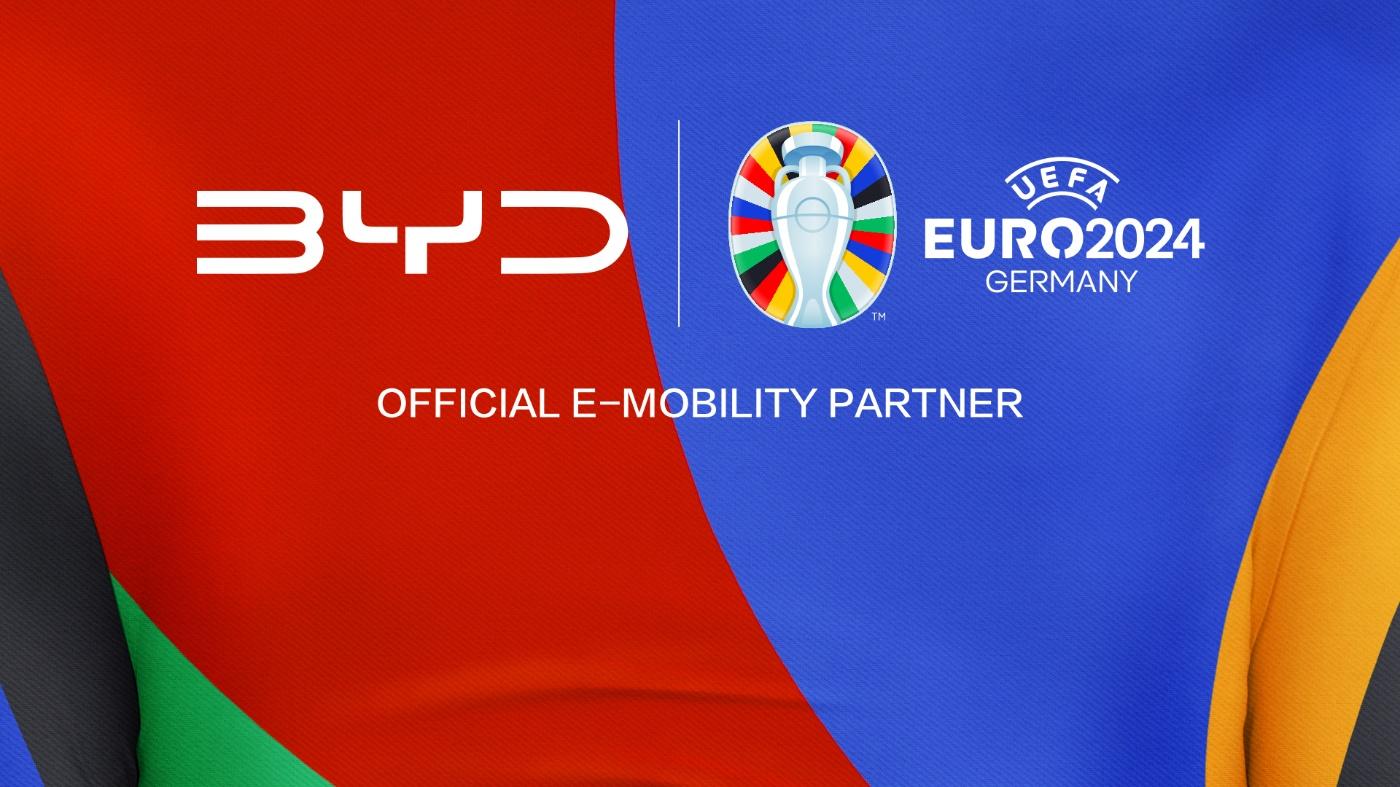

The Berlin-based company "Carbon Farming Germany" developed a process called "Beyond Zero," which aims to generate biofuel from straw and manure with "negative emissions," meaning, it would capture more CO2 than it emits during combustion. They are eager to have their first production facility operational by 2026, producing enough carbon-neutral fuel for 300 trucks annually. Additionally, the production process is expected to remove 75,000 tons of carbon dioxide from the atmosphere each year. The foundation for this approach is conventional biogas generated during the fermentation of biomass. However, instead of solely capturing the biomethane from the fermentation, the Berlin-based company intends to focus on the fermentation residues, which will undergo further processing in an additional facility. This will result in high-quality biochar and liquid CO2, which can be stored underground by specialized companies. By 2035, the company aims to operate a total of ten facilities, collectively removing one million tons of carbon dioxide from the atmosphere annually.


E.ON , a German multinational energy company, opened a sprawling, manufacturer-independent testing center for charging solutions in Essen, Germany. This facility, covering around 10,000 square meters, places special emphasis on electrifying heavy-duty transportation, boasting test capabilities of up to three megawatts. It houses over 25 testing stations and digital environments for comprehensive examinations of vehicles, charging stations, wall boxes, and related accessories. Notably, it features climate chambers capable of simulating temperature conditions found worldwide, allowing the study of electric vehicle charging behavior within a range from minus 40 to plus 50 degrees Celsius.
The focus on charging solutions for heavy-duty transportation plays a crucial role here. This facility enables the testing and development of charging technologies specifically designed for the needs of electric trucks and buses in collaboration with vehicle manufacturers. According to E.ON, this testing center is the only one of its kind in Europe capable of testing rapid charging for heavy-duty vehicles with up to three megawatts of power.
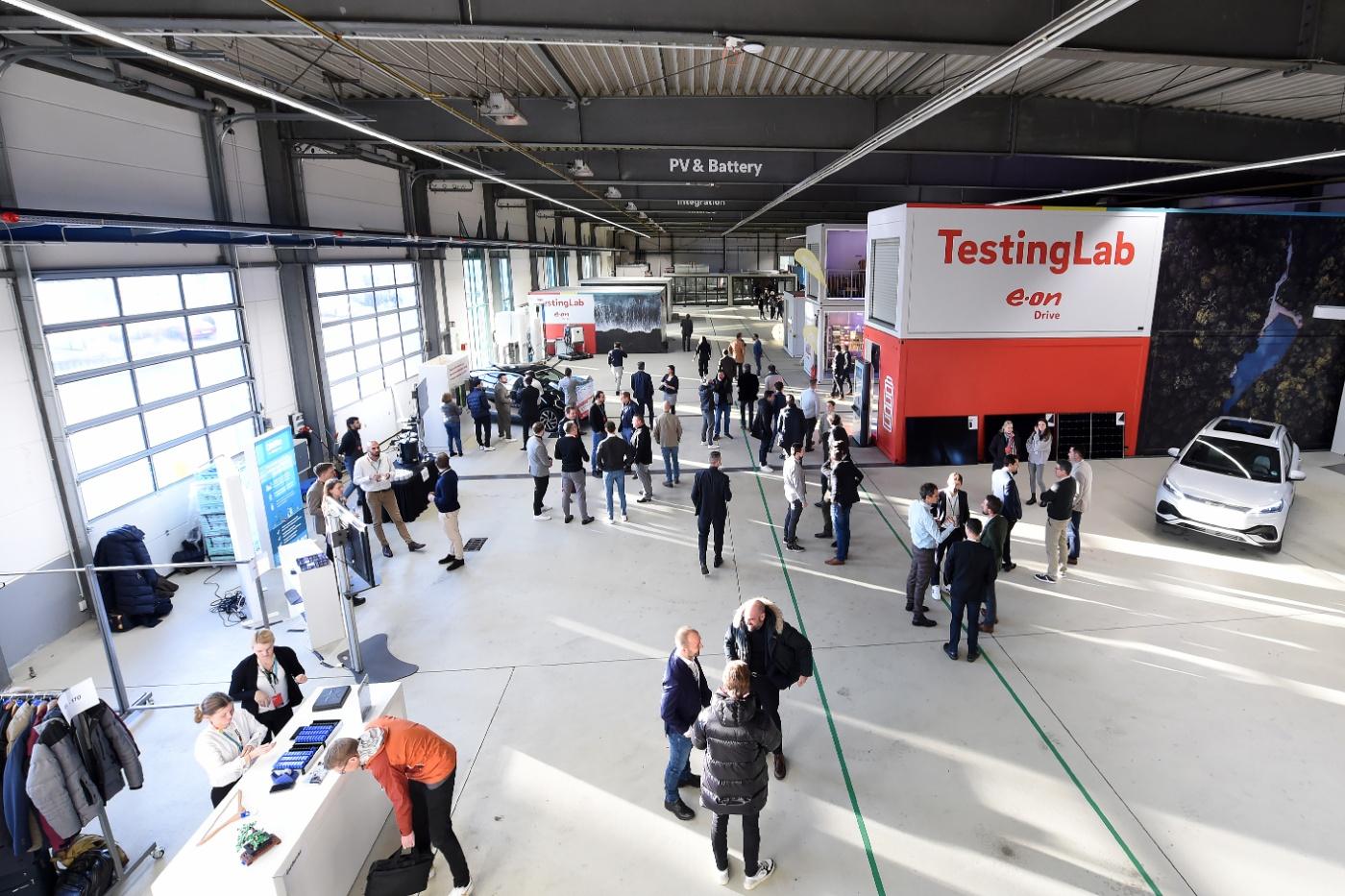

As part of its ZEROe project, Airbus successfully deployed the first hydrogen-electric propulsion system for aircraft. Named the "Iron Pod," this propulsion system combines a 1.2-megawatt hydrogen fuel cell system with electric motors as well as controling and cooling components. Successful system tests were conducted at E-Aircraft System House in Ottobrunn near Munich, evaluating its performance across different flight phases. Further testing is planned before Airbus intends to test the technology on an A380 demonstrator from 2026 onwards. To promote development, Airbus has also opened a ZEROe Development Center (ZEDC) for hydrogen technologies in Stade, Germany, in addition to Ottobrunn. The focus here will be on developing cost-effective, lightweight hydrogen systems, covering all aspects from technology development and material research to assembly and manufacturing-related testing of composite tanks for liquid hydrogen (LH2).
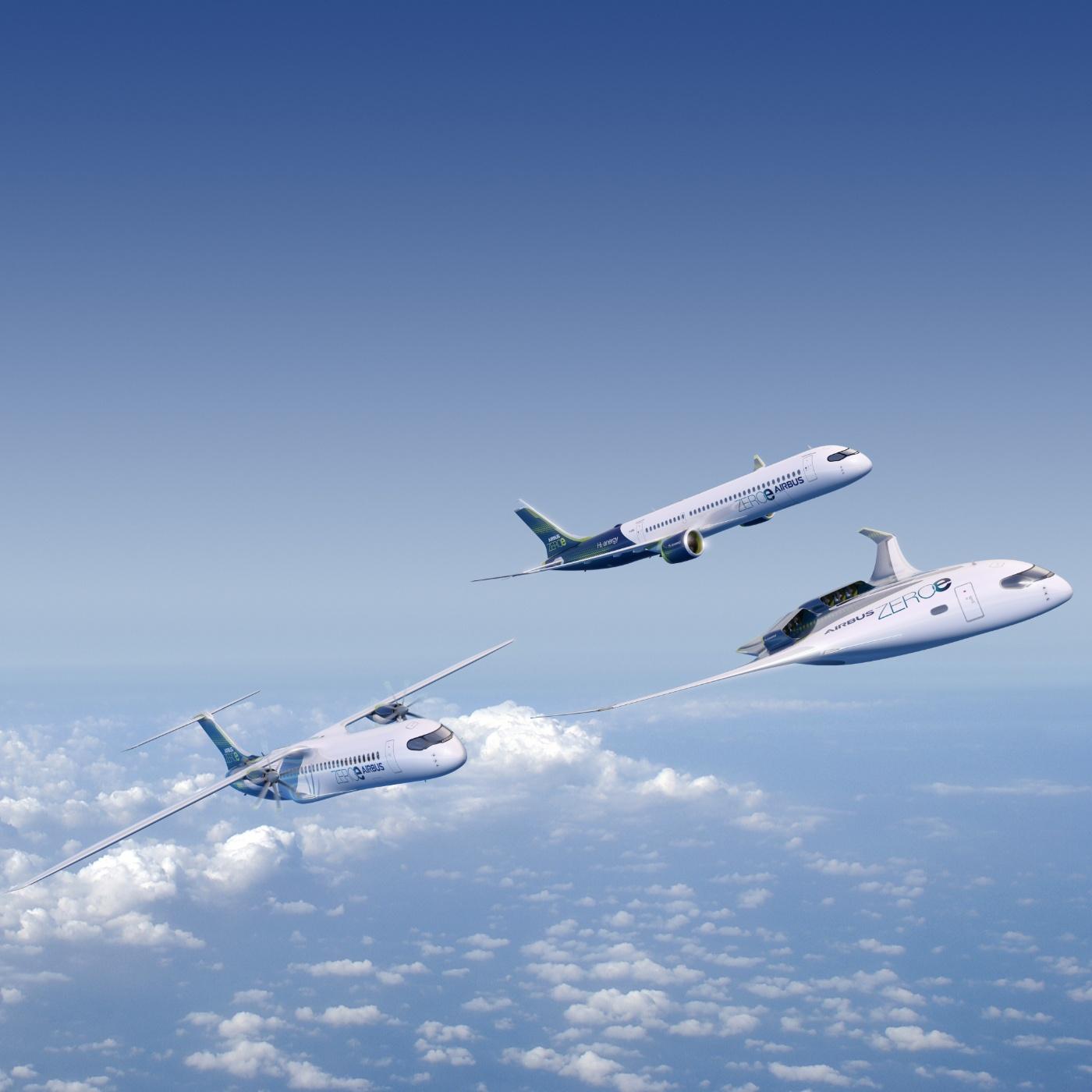

StoreDot , an Israeli company specializing in the development of extremely fast-charging battery technologies, is aiming to incorporate its XFC cells directly into battery packs. These cells are designed to charge up to 86 percent in only ten minutes. The new Cell-to-Pack concept aims to integrate the electrodes within a system that is supposed to enhance pack efficiency and extend battery life. StoreDot has already secured multiple patents for this concept and intends to showcase the technology in real-world vehicles. Some of the company's partners include Mercedes-Benz AG , Volvo Cars , VINFAST, Polestar and Ola Electric.
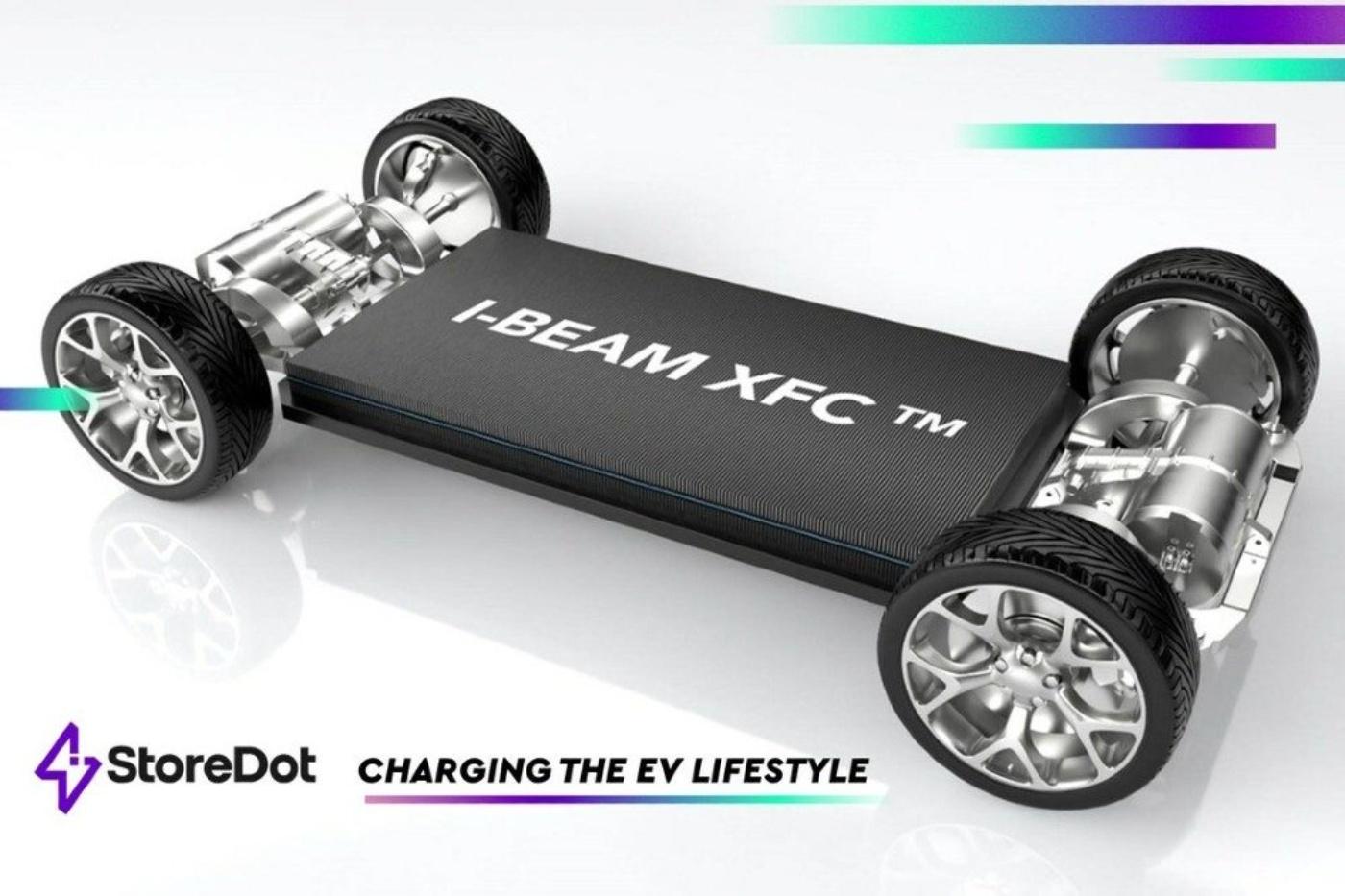

The Chinese electric vehicle manufacturer NIO announced its intention to offer its ET7 Sedan in a taxi version in Germany, starting in Hamburg. Additionally, Nio plans to build a battery swapping station in Hamburg, with the purpose to reduce long charging times for taxi drivers. Meanwhile, the BYD subsidiary Yangwang has unveiled the U7 model, a 1,000-horsepower electric sedan set to debut in the Chinese market in the second quarter of 2024.
